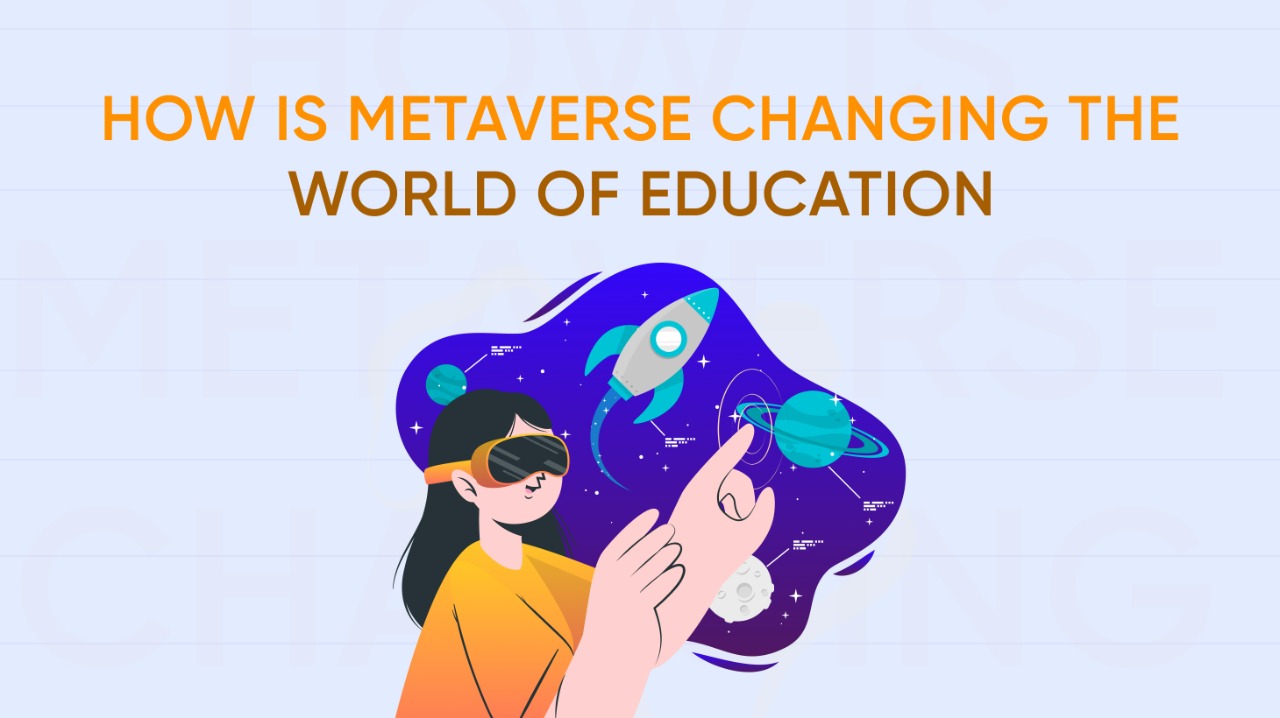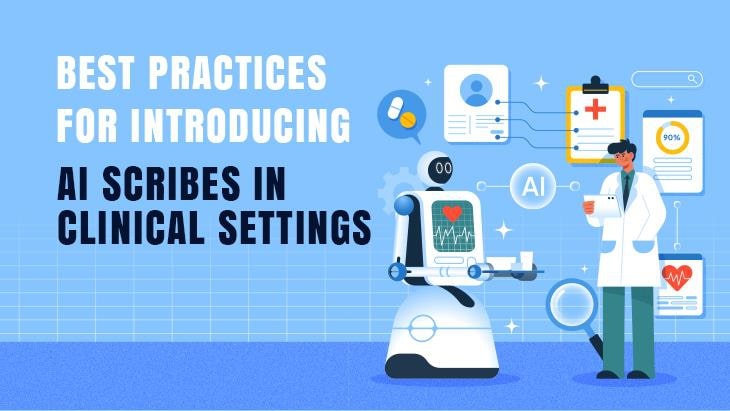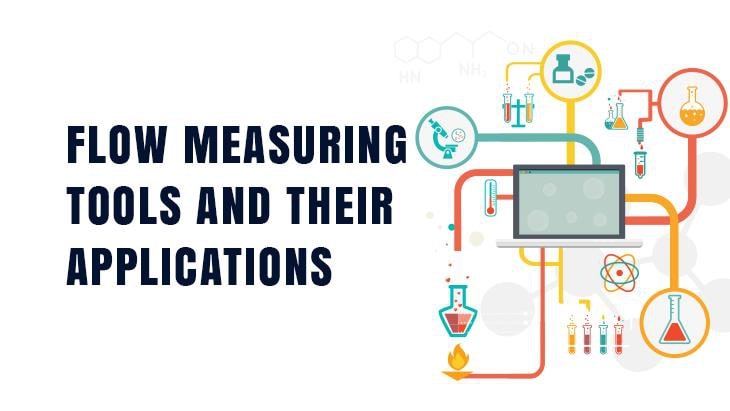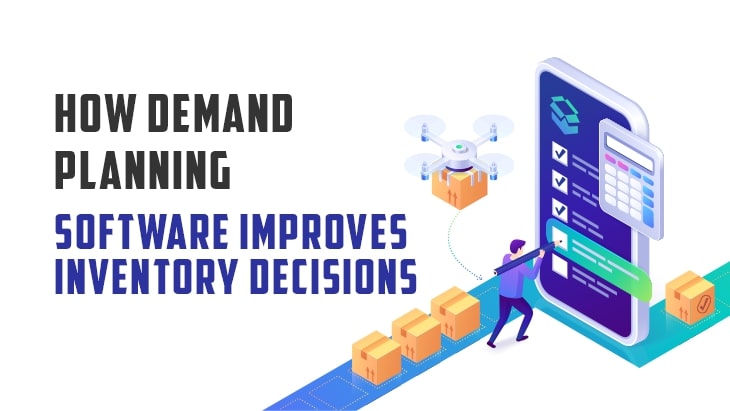With the exception of new technologies that would enter the field, it was generally believed that learning and teaching had reached their pinnacle when online education began to impact education significantly during the pandemic and earlier.
For the most part in the metropolitan environment, physical education appeared to be a relic of the recent past.
However, as this abrupt transition was occurring, a new digital environment known as Metaverse Technology was slowly encroaching on the cosmos.
The Metaverse: What Is It?
Let's settle one major issue first before we delve into the details. The metaverse is a topic of much discussion, but what precisely is it?
In Neal Stephenson's science fiction book Snow Crash from 1992, the phrase "metaverse" was first used to describe a three-dimensional virtual world in which people interacted with one another as avatars.
The metaverse is a virtual 3D extension of the internet as we know it in the novel, much as it is in real life. It gives users a great deal of freedom when it comes to in-personal communication and lets them create any kind of online setting they can think of.
In this article, we’ll answer one major question which is, “How Is The Metaverse Changing The World Of Education?”
How Can Online Education Be Modified by the Metaverse?
Although there is still plenty to look forward to from the metaverse, it has already demonstrated tremendous promise, particularly in the gaming industry.
Since a few years ago, players of several video games have been able to freely engage with one another and even attend events like parties and concerts using their avatars.
However, the metaverse is not just useful for the game business. With the popularity of online learning growing, institutions, educators, and others are exploring ways to make distance learning more dynamic and engaging.
Let's examine a few ways the metaverse can be of assistance in this.
1. Making an Interactive and Realistic Online Classroom
The potential of the metaverse to bring online learning settings to life is the main advantage that eLearning may get from it.
Teachers can design classrooms to meet their specific instructional needs. Their imagination is their only constraint. At the same time, fully editable avatars let students interact with actual objects and apply their learning. Additionally, allowing students to utilize avatars that are accurate representations of themselves rather than hazy cartoons adds an extra layer of reality to the virtual classroom, increasing student engagement.
2. Encourage Communication
Unsurprisingly, online learning makes it difficult to interact and communicate. Teachers and students who are separated by distance may experience feelings of loneliness and isolation. Blockchain Technology enables teachers to design spaces where they can have internal meetings in order to combat negative emotions and encourage participants to interact.
In parallel, students can create study spaces where they can interact, cooperate, and study in groups. Everyone can connect by viewing one another, quickly sharing files, interacting with the same items, and playing games using their avatars.
These tools encourage interaction between students and teachers, which improves the learning process.
3. Fostering Immersion in Learning
Augmented reality (AR) and virtual reality (VR) are the two key technologies that support the metaverse (VR). Users can fully immerse themselves in the virtual environment thanks to the headsets and/or glasses that are provided.
Immersive learning benefits online learners greatly since it allows them to apply theory, improves information retention, and boosts engagement. With the aid of VR and AR, students may take part in games and simulations as if they were actually there.
For instance, 3D drawings can assist them to comprehend the operation of a specific piece of equipment or the visual representation of a mathematical concept.
4. Improved Gamification
Gamified learning has several advantages, which have been known for a while. It increases problem-solving skills, provides immediate feedback, and makes learning enjoyable and simple overall.
Gamification is more alive than ever thanks to the metaverse since users aren't just playing a game; they're actually inside it! Instructors can design game-based exercises that students can perform in incredibly lifelike worlds by combining VR/AR technology with the limitless possibilities of the metaverse.
5. Education and the Mirror World
Another crucial element in resolving the question of "How will the metaverse alter education? is the mirror world.
As it might offer immersive virtual learning environments. Mirror worlds might be able to help educational institutions get over physical and spatial constraints.
For conducting online real-time classes, for instance, internet video conferencing platforms can act as representative mirror worlds.
6. Uses of Lifelogging in Education
Lifelogging focuses on recording daily activities and thoughts that lead to useful results. By emphasizing self-learning experiences, it can aid in promoting the usage of the metaverse for educational purposes.
You can look back on a person's life's daily happenings and think about them. Thus, the metaverse can be an essential instrument for representing and putting the criticism and lessons learned from one's life into practice.
It also makes possible ways to critically examine various kinds of information. Lifelogging can aid in both increasing creative information reconstruction and reflection on various learning situations.
7. Education Applications of Augmented Reality
With the use of augmented reality (AR), real-world items can be given a digital overlay to give them a three-dimensional appearance.
Through the use of augmented reality and various educational implications, you can investigate several use cases of the metaverse in education. For instance, AR can speed up issue solving by enabling the visual inspection of invisible components. AR can facilitate a thorough overview of the content, which eases the difficulty of reading and comprehending text.
Additionally, interactive activities like writing and reading can produce a variety of compelling, immersive experiences.
The metaverse is the next phase of the internet, and it is already here, despite our skepticism. Its applications have been more quickly discovered by the gaming industry, but they will soon spread to other areas of our lives.
The metaverse is anticipated to have a significant positive impact on eLearning as well, employing its immersive qualities to make virtual learning environments more realistic and learning itself more engaging and experiential.
It will be intriguing to see the changes as they take place, even though at this time we can only speculate about what the future holds.

















Post Comments